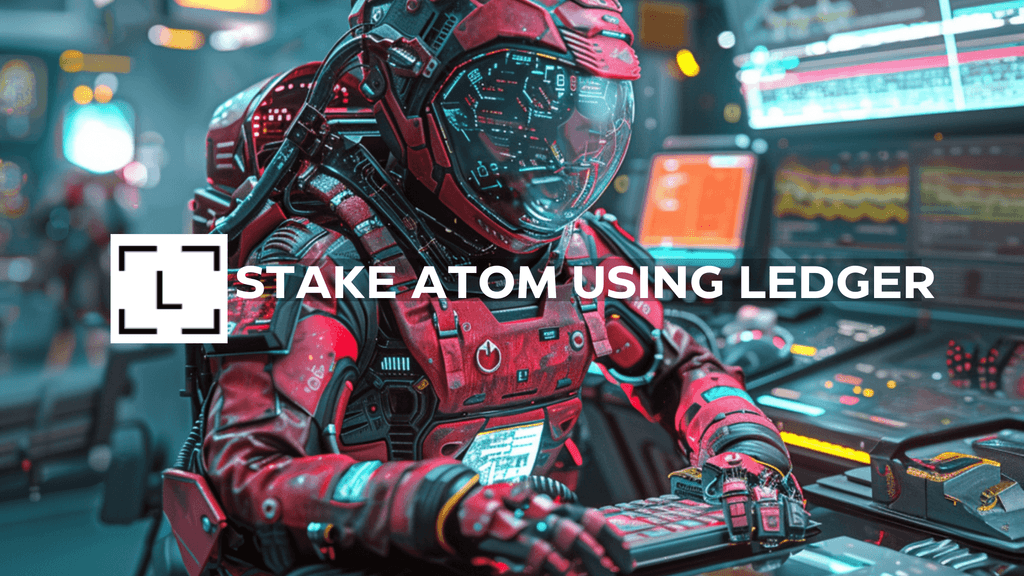Celestia is the first modular blockchain network that offers customizability, scalability, and unique possibilities in blockchain technology.
Detailed Summary for Celestia EXPLAINED (Modular Blockchains Animated)
Summary generated by AI from the ICI team
[00:02] Celestia is the first modular blockchain network with customizability and scalability.
– Celestia allows for new possibilities in blockchain with Sovereign Roll-Ups.
– The founding team includes Ismail Khoffi, a previous senior engineer at Tendermint and the Interchain foundation, John Adler, founder of Fuel and previously a scalability researcher at ConsenSys, and Mustafa al-basam, the man who started it all at 16 years old.
[01:20] Mustafa learned the power of information and the importance of decentralized technologies like Bitcoin
– Mustafa founded chain space, which was later acquired by Facebook
– Mustafa obtained a PhD in blockchain scalability and wrote three papers on data availability and fraud proofs
– Mustafa’s background in these papers was instrumental in the founding of Celestia
– Celestia shifts the way we think of blockchains and provides data availability with Erasure coding and data availability sampling
[02:31] Celestia is the first modular blockchain network.
– Modular blockchains separate layers and allow developers to pick and choose the Technologies they want to use.
– Celestia allows users to choose their own virtual machine, execution environments, and settlement layers.
[04:01] Celestia provides consensus and data availability.
– Celestia acts as a blockchain with two core features: consensus and data availability.
– Consensus refers to the agreement on transaction ordering, while data availability means the transaction data is accessible to everyone.
– Celestia allows for an uninterrupted view of events and proof behind them.
– Roll-Ups can make decisions on execution environments and settlement layer using Celestia.
– Celestia doesn’t validate data but serves as a system for ordering transactions and proving data availability.
[05:18] Celestia introduces data availability sampling for scaling blockchains.
– Data availability sampling allows for faster blockchains without relying on expensive supercomputers for validation.
– Random sampling of transactions ensures that blocks are 100% encoded and published.
– The scaling properties of data availability sampling are not linear, resulting in more efficient computation.
[06:31] Data availability sampling with erasure encoding ensures secure and redundant information storage
– Data availability sampling in Celestia uses erasure encoding to protect information by adding redundancy and recovery
– Erasure encoding is similar to the technology used in CDs and satellites to recover lost or damaged information
– Erasure encoding in Celestia assigns blocks and adds backup information called parity using Reed Solomon’s algorithm
[07:47] Erasure coding provides data availability and recovery with high probability.
– Erasure coding combines polynomials to create parity blocks from original blocks.
– If data blocks and some parity blocks are lost, the lost data can be recovered using range interpolation.
– Erasure coding requires hiding over 1/4 of blocks to make the data unrecoverable.
– Data availability sampling with Erasure coding is highly reliable after a certain number of samples.
[09:00] Celestia utilizes Erasure encoding and Merkel proof to ensure data availability and prevent fraud.
– The grid format of Erasure encoding makes it easier for light clients to check for data availability.
– Clients can request to sample transactions and verify Erasure encoding and transaction data.
– Erasure encoding fraud proof is now a smaller row or column instead of the size of the entire block.
– The true dimensional eraser code format drastically lowers the barrier for data availability.
This Content is Sponsored by Celestia


